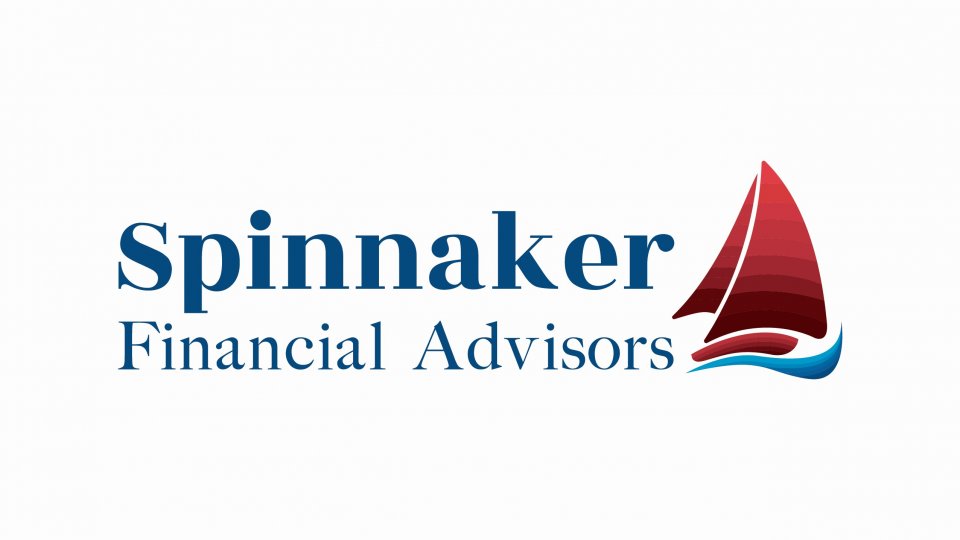Retirement Income Planning Requires Realistic Spending Assumptions

If you have read any literature on retirement planning or have received advice from a financial professional, chances are you were presented with the 70% rule, the one that suggests that retirees will need between 70 and 80% of their pre-retirement income in order to maintain their standard of living. There are several flaws with this formula, the least of which is that it doesn’t consider your actual income and expenses at the time of retirement.
Retirement income planning needs to be grounded in today’s realities and it must anticipate the cost of aging, not just the cost of inflation. It also must be based on the practical expectation that you will only be able to save as much as you are able to sacrifice while you are working.
What You Can do Now to Prepare for a Financially Sound Retirement
Set Realistic and Achievable Goals
Whether you envision a “life transition” retirement , or you’re intent on making age 65 or any other age your target for a traditional retirement, you will need to map out a complete strategy that includes paying off debt, stepping up savings and assuming some risks. The plan will need to be tight with frequent benchmarks that allow you to track your progress and make necessary adjustments along the way. It is important to use realistic assumptions in your planning, such as an achievable rate of return on your money and a challenging inflation rate.
Track Your Spending Now
It is vitally important to know your specific income requirements to determine whether your available capital will meet your needs over your lifetime. If you aren’t already, you should be tracking your spending now so you will have enough time to adjust it as you approach retirement. With the advent of easy-to-use software budgeting tools, such as Mint.com (free online) and Quicken, there is no excuse for not knowing where every dollar is going or how to manage your cash flow with better results.
The initial setup for these programs can be somewhat involved because you will be inputting all of the information about your existing accounts, creating a budget, and setting goals. But, once done, you will be able to manage your finances like a pro in less than five minutes a day. Because the programs work in concert with your online bank and credit card accounts, your cash flow data is automatically providing you with a real-time snap shot of your finances. Mundane personal finance tasks such as bill paying and account reconciliation are automated and tax preparation is far easier. And, if you’re concerned about record-keeping in the Cloud, don’t be, it is considered much more secure than keeping a bunch of paper statements around.
Start Living like a Retiree
For many people, out of necessity, their new vision of retirement includes living in downsized homes, driving less expensive or fewer cars, entertaining less and vacationing closer to home or at home. People are beginning to focus on “quality of life” as opposed to “life style” when envisioning retirement. You can still have an excellent quality of life with a tempered life style. Why not make that a focus now? Why not begin making the transition to retirement while you’re still in your peak earning years? By downsizing your home and other life style choices, you’ll not only increase your cash flow for savings and debt reduction, you’ll find the transition into actual retirement to be much smoother.
Regardless of your planning method or process, it would be a mistake to succumb to standard formulas or a generalized approach to retirement planning. Right now, your retirement vision, formed by your own needs, wants, attitudes and beliefs, rests in your mind, and it will undoubtedly change as your outlook and priorities change, but you should always base your income needs on realistic assumptions.

